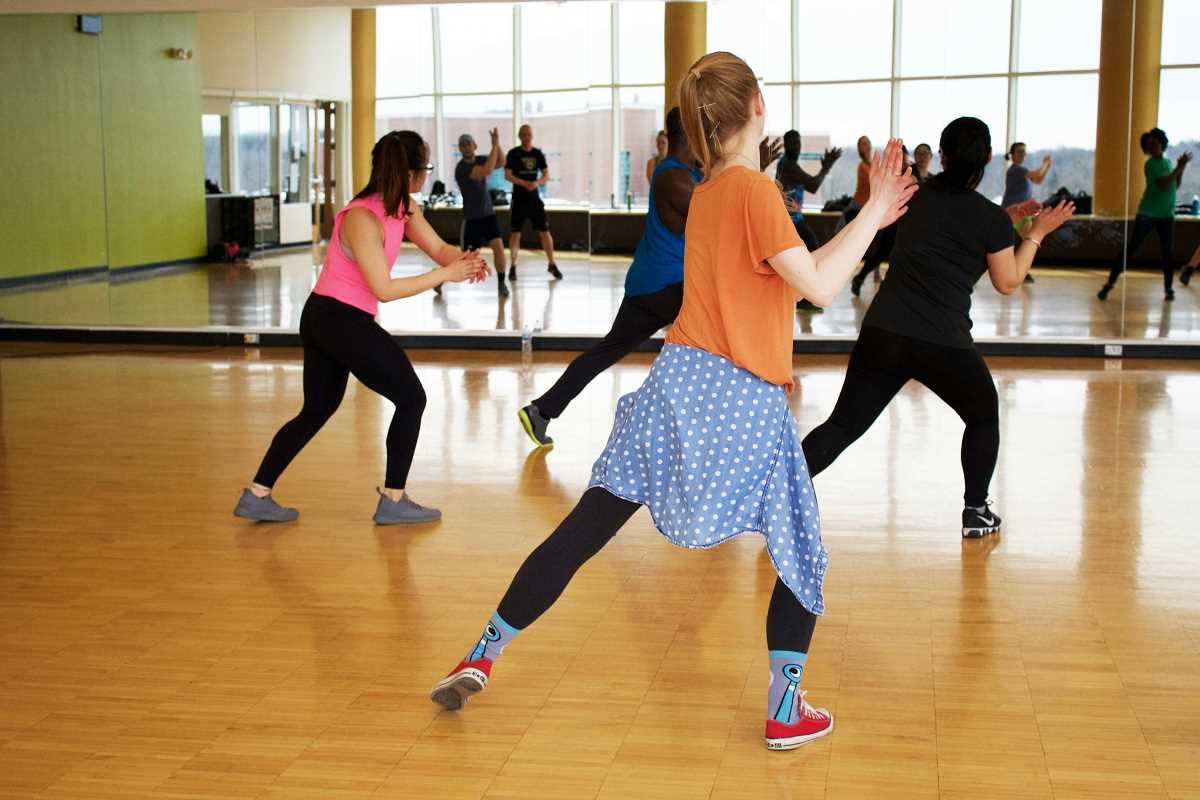If you're looking to take your fitness routine to the next level, Omega-3 fatty acids might just be the secret weapon you're missing. These healthy fats, found in foods such as salmon, flaxseeds, and walnuts, have long been praised for their heart and brain health benefits. But their role in improving workout performance and speeding up recovery has increasingly caught the attention of athletes and fitness enthusiasts. From promoting muscle growth to reducing inflammation, Omega-3s can help you train harder, feel better, and recover faster. Let's explore how they work and how to get more of them into your diet.
Omega-3s and Muscle Growth
Building muscle is no easy feat—it takes time, effort, and a lot of discipline. However, Omega-3 fatty acids may make the process a bit smoother. These fats, particularly eicosapentaenoic acid (EPA) and docosahexaenoic acid (DHA), can enhance muscle protein synthesis. This is the process by which your body uses protein to repair and grow muscle tissue after a workout.
Research shows that Omega-3s improve how your muscles respond to the protein you eat. This means that when you consume high-quality protein after exercise, Omega-3s can make your recovery meal even more effective. Whether you're lifting heavy weights or doing intense cardio, this boost to muscle growth can help you see results faster.
Fighting Workout-Induced Inflammation
Inflammation is a natural response to the stress you put on your body during exercise. However, too much inflammation can lead to soreness, fatigue, and even injury. That's where Omega-3s come in. Known for their anti-inflammatory properties, these fats can help balance your body's inflammatory response.
One of the primary ways EPA and DHA reduce inflammation is by minimizing the production of inflammatory molecules called cytokines. By keeping these molecules in check, Omega-3s can reduce muscle soreness and stiffness after a tough workout. Imagine being able to tackle your next training session without the lingering pain from the last one—that's the kind of recovery support Omega-3s can offer.
Joint Health and Mobility
Whether you’re a casual jogger or a competitive athlete, joint health plays a critical role in maintaining an active lifestyle. Over time, repetitive movements and heavy training can take a toll on your joints, leading to discomfort or even long-term damage. Omega-3s can help protect your joints by reducing inflammation and supporting the production of cartilage, the tissue that cushions your joints.
For athletes with conditions like arthritis or regular joint pain, Omega-3 supplementation has been shown to provide relief and improve mobility. By keeping your joints healthy and flexible, Omega-3s allow you to stay consistent with your training and avoid unnecessary interruptions.
Boosting Endurance and Stamina
When you think about endurance, lung capacity and muscle strength probably come to mind—but did you know Omega-3s could play a part too? These fats improve blood flow and increase oxygen delivery to your muscles. This means your body can perform at a higher intensity for longer periods without tiring out as quickly.
Studies suggest that Omega-3s can enhance cardiovascular function, which is key for endurance-based activities like running, cycling, or swimming. This improvement in stamina not only boosts your performance but may also help you build more confidence as an athlete.
Speeding Up Recovery
It’s not just about how hard you train—how well you recover afterward plays a huge role in achieving your fitness goals. Omega-3s help speed up recovery times by reducing muscle damage and encouraging your body’s repair processes. This can be especially helpful for those pushing through high-intensity workouts or back-to-back training days.
Taking Omega-3s post-workout may reduce delayed-onset muscle soreness (DOMS), so you feel less stiff and achy the day after an intense session. Instead of spending days waiting to feel back to normal, you can return to the gym sooner—stronger and more prepared to reach your goals.
How to Get More Omega-3s in Your Diet
Now that you understand how Omega-3s can supercharge your workout performance and recovery, the next question is, how do you incorporate them into your diet? Luckily, there are plenty of sources to choose from:
Food Sources:
- Fatty Fish: Salmon, mackerel, sardines, and tuna are some of the best natural sources of Omega-3s.
- Plant-Based Options: Flaxseeds, chia seeds, walnuts, and hemp seeds contain alpha-linolenic acid (ALA), another type of Omega-3. While ALA is less potent than EPA and DHA, your body can still convert some of it for use.
- Fortified Foods: Look for products like eggs, milk, or yogurt fortified with Omega-3s.
- Supplements: If you struggle to get enough Omega-3s from food, fish oil or algae-based Omega-3 supplements can fill the gap. Check with a healthcare provider to ensure you’re taking the right dosage for your needs.
Tips for Incorporation:
- Add ground flaxseeds or chia seeds to your smoothie, oatmeal, or yogurt.
- Opt for grilled or baked salmon once or twice a week.
- Snack on a handful of walnuts or include them in a trail mix.
- Drizzle flaxseed oil over salads for a healthy boost.
- Consider taking an Omega-3 supplement if your diet is lacking.
Omega-3 fatty acids are more than just a trendy health topic. For athletes and fitness enthusiasts, these fats can enhance performance, protect joints, reduce inflammation, and speed up recovery. By incorporating Omega-3-rich foods or supplements into your routine, you can make the most of your workouts and feel great doing it. Whether you’re training for a marathon or simply looking to stay active, Omega-3s can be a game-changer on your fitness journey.







